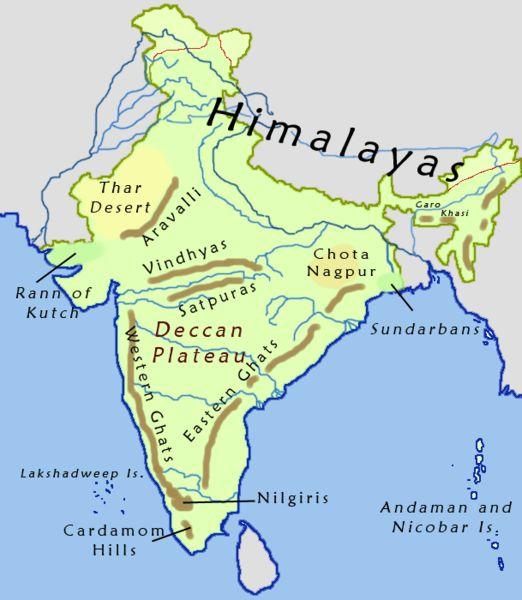Human Capital And Economy- An Exploratory Thought
 The prevailing economic model does not take into account the social capital or human capital as one of its inputs. It is purely a function of the monetized natural resources. Although it considers the human capital but it is only limited to time equivalent and monetizing the same.
The prevailing economic model does not take into account the social capital or human capital as one of its inputs. It is purely a function of the monetized natural resources. Although it considers the human capital but it is only limited to time equivalent and monetizing the same.
An ideal economic model should account for each and every input. It should respond to the changes in human capital. It should be sensitive to all such capitals which can neither be monetized nor quantified.
The idea is that our current global/national/state economies should be sensitive to human capital. Current form of economic models does not specify whether it is for 7 billion people or 6 billion or 8 billion people. How would the economy respond to the meagre/moderate/huge changes in the population of the world/nations/state? The question cannot be answered in the current and prevailing form of economy which means that it is independent of human capital as an input. Simple mathematical expression of the current form of economic model could be-
Economy= f(x), where x is the resources which can be monetized; for example natural resources (oil, gas, minerals, etc)
An ideal economic models should also consider human capital which can be put as-
Economy= f(x,y), where where x is the resources which can be monetized; and y is the human capital/social capital.
In such a case, change in the social capital at any point of time can be accounted for because the human resources is something which runs the economy.
Let’s consider a typical case-A company loses its one of the productive employees due to sudden death/loss of life. What happens to the company? Generally, the company would replace the deceased employee with a similar employee. However, what happens to the productivity of the person which has been lost due to loss of life? Of course, the company measures its performance through financial parameters only so it would not affect company’s performance. However, no two people can be equally talented or have equal potential. If the former employee had the talent and potential to increase the input cost of Rs 200 to the output revenue of Rs 2000, the same might not hold true for the later employee who is the replacement. There would always remain a gap. Since, human capital is only embedded in the current model through salaries and wages, it does not necessarily take into account the potential and hence the productivity difference which cannot be quantified. Since world economy also follows the law of conservation of resources which can be monetized and quantified, net loss of productivity is not reflected in the current economic models.
For individual companies, resource balance can be put as-
Resource output = Resource input+ profit/loss
However, global economy is simply-
Resource output = Resource input, as profits and losses of individual companies are adjusted and nullified because profit/losses are transferred from one business to the other or one company to the other.
The economic model embedded with human capital can be developed for a community, country, region, state etc. and it should truly be responsive to the human capital inputs. However, taking into account each and every individual would make it really difficult and complex to evolve, some kind of sensitivity limits can be set. For example, an economic model can respond to 10% or above change in population and its attributes.
Various demographic attributes can thus be evaluated and embedded in the model specific for a country, state, region and/or community etc. The attributes which can be considered are- age, productivity potential, skill, education level, health indicators, employment status, earning capacity etc.. However, quantifying some of the demographic attributes and embedding the same in an economic model would pose major challenges. A lot of work from the beginning itself is thus required for a new world’s economic model to evolve which would be more sustainable and to address the needs of the people as opposed to the current model which assumes only the growth. It is a linear form of economy which is unidirectional and is not transient. Rather, the new model could be a circular model of economy addressing the needs of the people at given point of time and would also be resilient and flexible to the changes in overall resources with respect to time.
Author’s Bio:
 Jay C. Shiv is a professional in energy and environment sector. He has nearly 10 years of experience collectively in the area of renewable energy, energy efficient clean technologies, climate change, rural energy access, and environmental impact assessment. He is a professional with techno-managerial skills in the RE space with an in-depth understanding of various RE technologies, resources, potential and best practices for deployment of RE technologies. He loves writing on various issues. For comments and feedback, he can be reached at jcshiv(at)gmail(dot)com
Jay C. Shiv is a professional in energy and environment sector. He has nearly 10 years of experience collectively in the area of renewable energy, energy efficient clean technologies, climate change, rural energy access, and environmental impact assessment. He is a professional with techno-managerial skills in the RE space with an in-depth understanding of various RE technologies, resources, potential and best practices for deployment of RE technologies. He loves writing on various issues. For comments and feedback, he can be reached at jcshiv(at)gmail(dot)com
Disclaimer: The opinions expressed within this article are the personal opinions of the author. The facts and opinions appearing in the article do not necessarily reflect the views of www.GreenCleanGuide.com (GCG) and GCG does not assume any responsibility or liability for the same.




